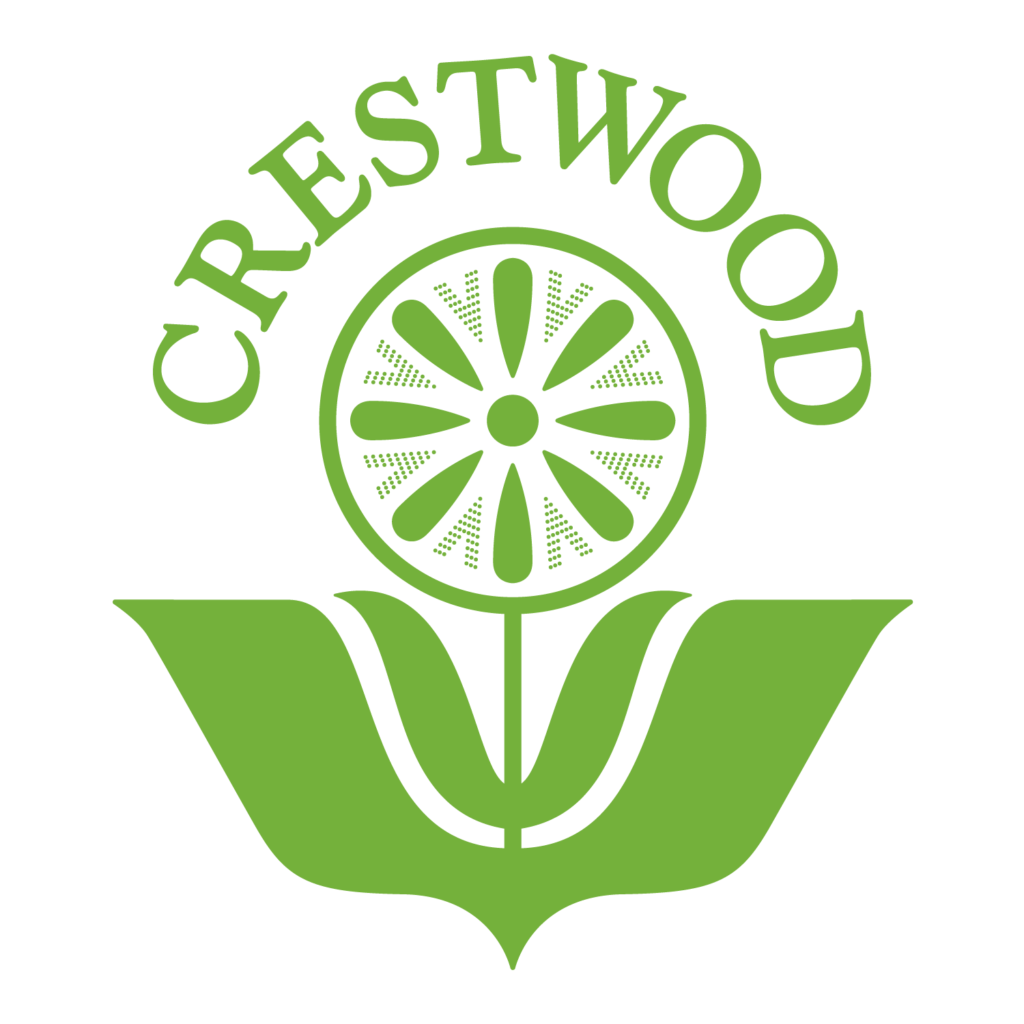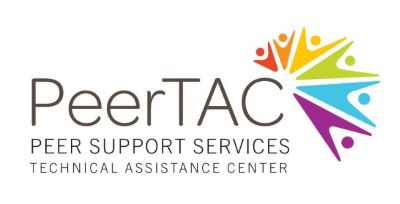The Heart and Soul of Leadership in a Recovery Organization

An Interview with Patty Blum, Crestwood Executive VP, by Lori Ashcraft
This curated article relates to MHOTRS and other clinical treatment settings by illuminating a positive example of leadership in the development of peer support services in a locked mental health residential facility that has made a commitment to providing recovery supports and services. In this episode, Lori Ashcraft interviews Patty Blum, the Executive Vice President, and Chief Strategy Officer of Crestwood Behavioral Health, who has been a leader in mental health services for over 30 years. She states that her roots are in art therapy and the recreation department which focused on play and engagement. That experience helped her to think there were other ways to work with people than the traditional clinical approach. She focused her attention on the question “Why can’t we provide services that are inviting enough to make people want to be a part of the program without using coercion or reinforcement?” This led her to support three specific initiatives in Crestwood Behavioral Health. They are the Wellness Recovery Action Plan (WRAP), Dreamcatchers, and Compassionate Care.
The first initiative, in 1999, was WRAP, which was a pioneering recovery program at that time and allowed Patty to see how this non-clinical approach could touch everyone.
The second initiative was an employment program also started in 1999 and was led by a person with lived experience of a mental health hospital. That program became CARP (Commission for Accreditation for Rehabilitative Facilities) and DOR (Department of Rehabilitation) accredited. In 2000, it was named “Dreamcatchers” by the people taking the program and became its own non-profit agency called Dreamcatchers Empowerment Network in 2002.
The third initiative addressed the coercive treatment approach where forced treatment or restraint and seclusion were used to address behaviors of the people they served. Many people who had been restrained said it was the worst thing that ever happened to them. Because of this, Crestwood went on the quest to eliminate the use of restraint and seclusion. Crestwood did trainings that showed videos of people who experienced restraint or seclusion with staff. This supported staff in developing understanding and empathy around what these approaches do to people. The training later became known as “Compassionate Care”. Before Compassionate Care, Crestwood had more than one mechanical restraint a day. After Compassionate Care was implemented, Crestwood went over a year without mechanical restraints.
What to do is the head stuff. How to be is about the heart stuff. The key factor is what is in your heart. It is important to love the people that you serve because connection and relationships are key qualities of supporting a person’s success. Leaders need to do this to be an example to staff so the staff can do it with their participants. Championing an empathetic, heart lead approach is a critical role that can often be challenging for the organization. However, this approach is critical to help shift the culture of the organization into a more empowering one.
Summary by Stephen Nawotniak, Alliance for Rights and Recovery
- Read the Blog:
- Watch the Video:
- Listen to the Podcast:
More About Viva La Evolution and Crestwood.
Developed by Crestwood Behavioral Health
With Contributions by the Alliance for Rights and Recovery (formerly New York Association of Psychiatric Rehabilitation Services)
For PeerTAC





